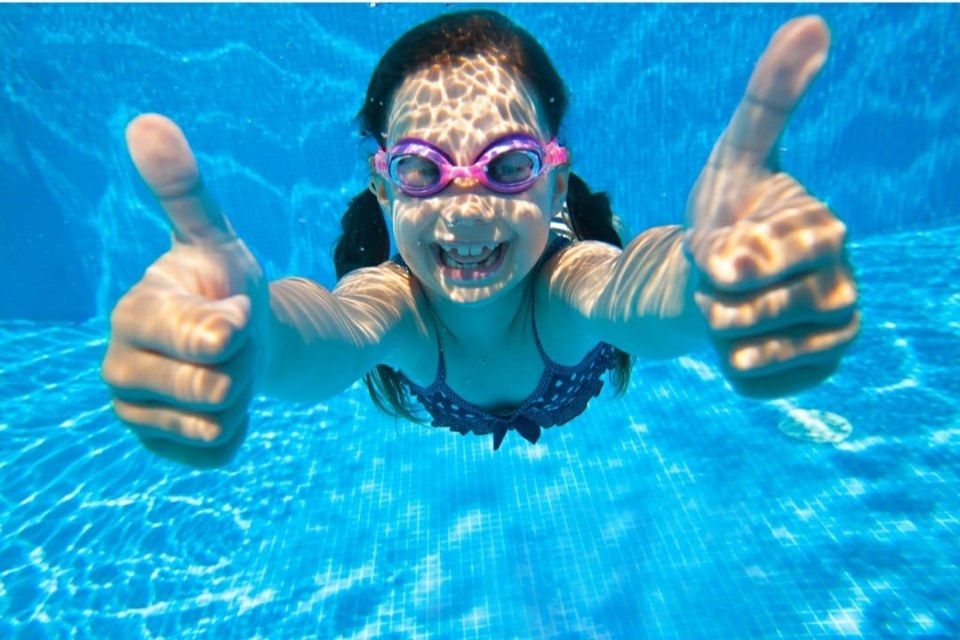Σεπτέμβριος 2015, Swimming, physical activity and health: an historical perspective - La Clinica Teraputica
 Swimming, which is the coordinated and harmonic movement of the human body inside a liquid medium by means of the combined action of the superior and inferior limbs, is a physical activity which is diffused throughout the whole world and it is practiced by healthy and non-healthy subjects.
Swimming, which is the coordinated and harmonic movement of the human body inside a liquid medium by means of the combined action of the superior and inferior limbs, is a physical activity which is diffused throughout the whole world and it is practiced by healthy and non-healthy subjects.
Swimming is one of the physical activities with less contraindications and, with limited exceptions, can be suggested to individuals of both sexes and of every age range, including the most advanced.
Swimming requires energy both for the floating process and for the anterograde progression, with a different and variable osteo-arthro-muscular involvement according to the different styles. The energetic requirement is about four times that for running, with an overall efficiency inferior to 10%; the energetic cost of swimming in the female subject is approximately two thirds of that in the male subject. The moderate aerobic training typical of swimming is useful for diabetic and hypertensive individuals, for people with painful conditions of rachis, as also for obese and orthopaedic patients.
Motor activity inside the water reduces the risk of muscular-tendinous lesions and, without loading the joints in excess, requires the harmonic activation of the whole human musculature.
Swimming is an activity requiring multiple abilities, ranging from a sense of equilibrium to that of rhythm, from reaction speed to velocity, from joint mobility to resistance.
The structured interest for swimming in the perspective of human health from the beginning of civilization, as described in this contribution, underlines the relevance attributed to this activity in the course of human history.
ARTICLE IN ITALIAN
ABSTRACT

